-
 Bitcoin
Bitcoin $76,444.7530
-3.77% -
 Ethereum
Ethereum $1,473.8355
-5.46% -
 Tether USDt
Tether USDt $0.9991
-0.08% -
 XRP
XRP $1.7965
-5.51% -
 BNB
BNB $553.4919
-0.36% -
 USDC
USDC $0.9999
-0.02% -
 Solana
Solana $105.2981
-1.74% -
 TRON
TRON $0.2303
0.81% -
 Dogecoin
Dogecoin $0.1422
-4.62% -
 Cardano
Cardano $0.5587
-4.41% -
 UNUS SED LEO
UNUS SED LEO $8.9866
1.01% -
 Toncoin
Toncoin $2.9933
-4.74% -
 Chainlink
Chainlink $10.9113
-4.81% -
 Stellar
Stellar $0.2215
-4.76% -
 Avalanche
Avalanche $16.1163
-3.29% -
 Sui
Sui $1.9371
-3.89% -
 Shiba Inu
Shiba Inu $0.0...01065
-6.69% -
 Hedera
Hedera $0.1469
-3.29% -
 MANTRA
MANTRA $6.2058
-1.53% -
 Dai
Dai $1.0000
0.01% -
 Bitcoin Cash
Bitcoin Cash $269.3457
-2.08% -
 Polkadot
Polkadot $3.3773
-5.87% -
 Litecoin
Litecoin $69.2204
-2.50% -
 Ethena USDe
Ethena USDe $0.9986
-0.01% -
 Bitget Token
Bitget Token $4.0180
-3.25% -
 Pi
Pi $0.5649
-4.50% -
 Hyperliquid
Hyperliquid $11.1928
-2.80% -
 Monero
Monero $195.3885
-4.41% -
 OKB
OKB $50.9235
-0.59% -
 Uniswap
Uniswap $4.7688
-6.95%
How to switch between different blockchain networks in Rabby Wallet?
Rabby Wallet allows easy switching between blockchain networks like Ethereum and Polygon; tap the network indicator, select a new network, and verify the switch.
Apr 07, 2025 at 04:42 am
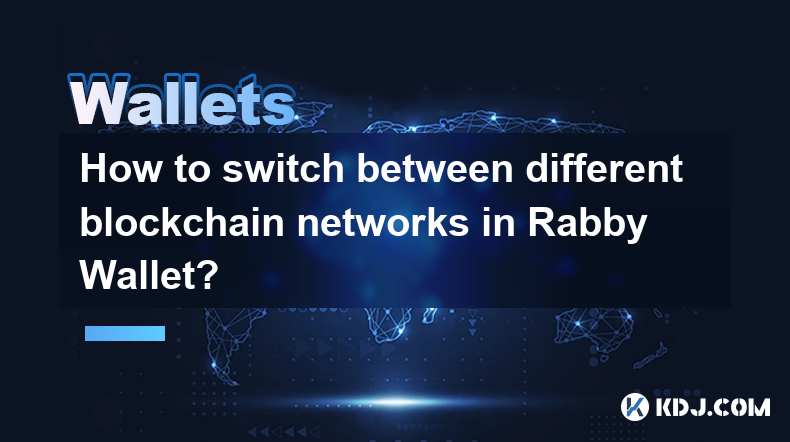
How to Switch Between Different Blockchain Networks in Rabby Wallet?
Rabby Wallet is a versatile multi-chain wallet that supports various blockchain networks, allowing users to seamlessly switch between them to manage their digital assets efficiently. This guide will walk you through the process of switching between different blockchain networks within Rabby Wallet, ensuring you can access and manage your cryptocurrencies with ease.
Understanding Rabby Wallet's Multi-Chain Support
Rabby Wallet is designed to support a wide range of blockchain networks, including but not limited to Ethereum, Binance Smart Chain, Polygon, and more. Each network has its own unique set of features and tokens, which can be managed directly within the wallet. Understanding how to navigate between these networks is crucial for users who hold assets across multiple blockchains.
Accessing the Network Switcher
To begin switching between different blockchain networks in Rabby Wallet, you first need to access the network switcher. Here’s how you can do it:
- Open Rabby Wallet on your device.
- Navigate to the main dashboard where you can see your assets and recent transactions.
- Look for the network indicator at the top of the screen. This usually displays the current network you are connected to, such as "Ethereum" or "BSC".
- Tap on the network indicator to open the network switcher menu.
Selecting a New Blockchain Network
Once you have accessed the network switcher menu, you can select a new blockchain network to switch to. Here are the steps to follow:
- Scroll through the list of available networks. Rabby Wallet typically lists networks like Ethereum, Binance Smart Chain, Polygon, and others.
- Tap on the desired network to select it. For example, if you want to switch to Polygon, tap on "Polygon".
- Wait for the wallet to connect to the new network. This may take a few moments as the wallet syncs with the new blockchain.
Verifying the Network Switch
After selecting a new network, it’s important to verify that the switch was successful. Here’s how you can do that:
- Check the network indicator at the top of the screen again. It should now display the name of the new network you selected.
- Review your asset list to ensure that the tokens and balances displayed are consistent with the new network. For instance, if you switched to Polygon, you should see your Polygon-based tokens.
- Perform a test transaction if you want to be absolutely sure. Send a small amount of the native token (like MATIC for Polygon) to another address and confirm that the transaction goes through on the new network.
Managing Assets on Different Networks
Once you have successfully switched to a new network, you can manage your assets on that blockchain. Here’s how you can do that:
- View your assets by scrolling through the asset list on the main dashboard. Each network will display its own set of tokens.
- Send and receive tokens by tapping on a specific token and selecting the "Send" or "Receive" option. Follow the on-screen instructions to complete the transaction.
- Add custom tokens if they are not automatically detected by the wallet. Tap on "Add Token" and enter the token’s contract address, symbol, and decimals.
Troubleshooting Common Issues
Switching between networks can sometimes lead to issues. Here are some common problems and how to resolve them:
- Network Not Appearing: If a network you expect to see is not listed, ensure that your Rabby Wallet app is up to date. Sometimes, new networks are added in updates.
- Connection Issues: If the wallet fails to connect to the new network, check your internet connection and try again. You can also try restarting the app.
- Transaction Failures: If a transaction fails after switching networks, double-check that you are using the correct network and that you have sufficient balance for the transaction fees.
Frequently Asked Questions
Q: Can I switch between networks without losing my assets?
A: Yes, switching between networks in Rabby Wallet does not affect your assets. Your tokens remain safe and are simply displayed according to the network you are currently connected to.
Q: How do I know which network to use for a specific token?
A: Each token is associated with a specific blockchain network. For example, ETH is on the Ethereum network, while BNB is on the Binance Smart Chain. You can usually find this information on the token’s official website or in its documentation.
Q: Is it possible to add a new network that is not listed in Rabby Wallet?
A: Currently, Rabby Wallet supports a predefined list of networks. If a network you need is not listed, you may need to wait for an update that includes it or consider using a different wallet that supports custom network additions.
Q: What should I do if I accidentally send a token to the wrong network?
A: Unfortunately, sending a token to the wrong network usually results in the loss of those funds, as they cannot be retrieved. Always double-check the network before sending any transactions.
Disclaimer:info@kdj.com
The information provided is not trading advice. kdj.com does not assume any responsibility for any investments made based on the information provided in this article. Cryptocurrencies are highly volatile and it is highly recommended that you invest with caution after thorough research!
If you believe that the content used on this website infringes your copyright, please contact us immediately (info@kdj.com) and we will delete it promptly.
- "Cardano (ADA) Price Could Dip Below $0.60, Following Previous Market Cycle"
- 2025-04-09 05:10:12
- BONK, the well-known meme coin, has risen over 35% in the last week, attracting meme coin investors in the market. So, what caused this rally?
- 2025-04-09 05:10:12
- Bitcoin (BTC) Investors May Not Exactly Feel It, but BTC Has Been a Relatively Good Bet
- 2025-04-09 05:05:12
- Donald's Bitcoin (DONBTC) Could Turn Early Investors into Multi-Millionaires, Like Shiba Inu (SHIB) and Dogecoin (DOGE) Did
- 2025-04-09 05:05:12
- 6 Upcoming Kraken Listings That Could Be the Next Big Thing in Crypto
- 2025-04-09 05:00:13
- COTI Unveils New Privacy-Focused Blockchain to Reshape Web3 Transactions
- 2025-04-09 05:00:13
Related knowledge
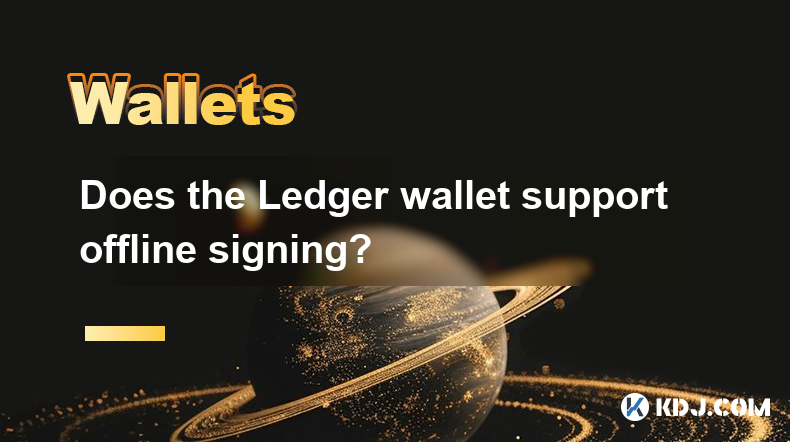
Does the Ledger wallet support offline signing?
Apr 09,2025 at 04:49am
Introduction to Ledger Wallet and Offline SigningThe Ledger wallet is a popular hardware wallet used by cryptocurrency enthusiasts to securely store their digital assets. One of the key features that users often inquire about is offline signing. Offline signing, also known as cold signing, is a security measure that allows users to sign transactions wit...
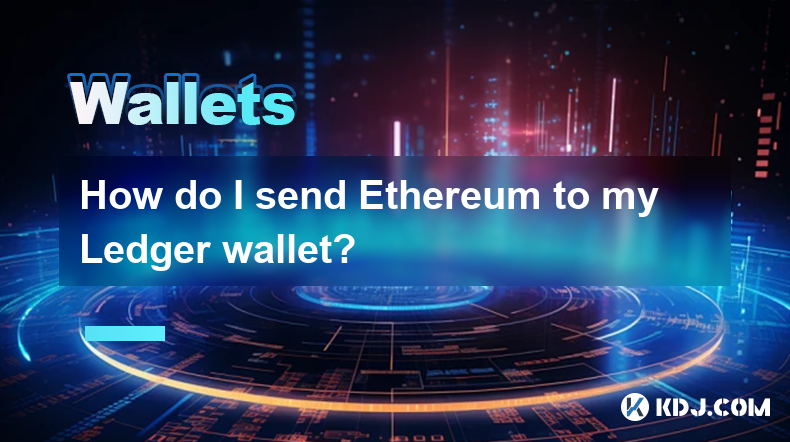
How do I send Ethereum to my Ledger wallet?
Apr 09,2025 at 03:21am
Sending Ethereum to your Ledger wallet involves a few straightforward steps, but it's crucial to follow them carefully to ensure the security of your funds. In this guide, we'll walk you through the process of transferring Ethereum to your Ledger wallet, ensuring that you understand each step and the necessary precautions. Preparing Your Ledger WalletBe...
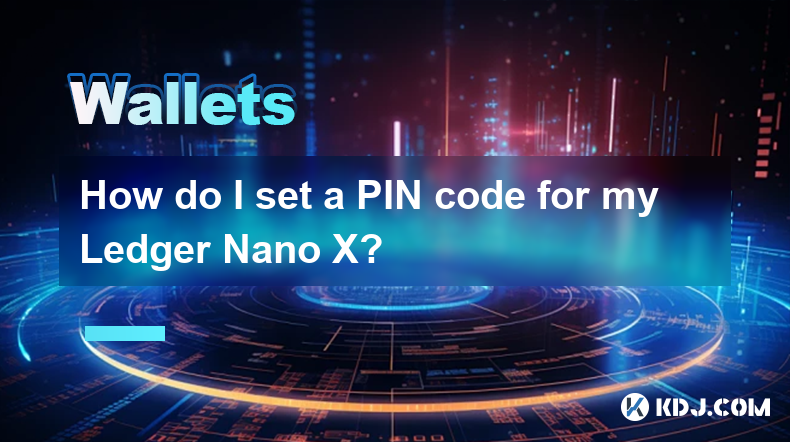
How do I set a PIN code for my Ledger Nano X?
Apr 08,2025 at 11:14pm
Setting a PIN code for your Ledger Nano X is a crucial step in securing your cryptocurrency assets. The PIN code acts as a primary layer of security, ensuring that only you can access your device. In this article, we will guide you through the process of setting up a PIN code on your Ledger Nano X, ensuring that you follow each step meticulously to main...
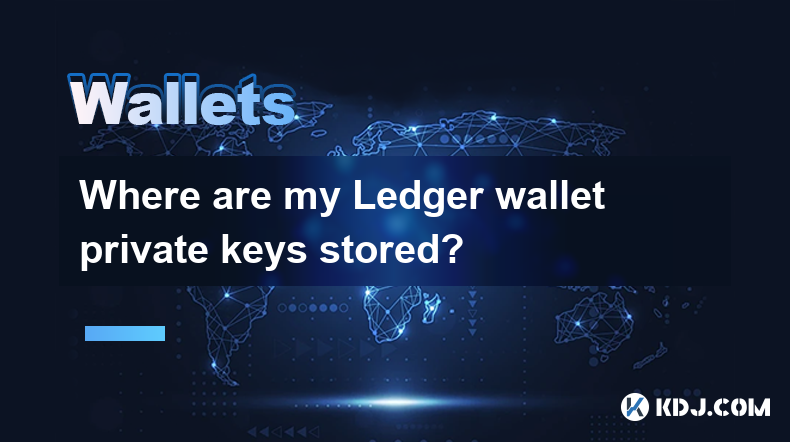
Where are my Ledger wallet private keys stored?
Apr 08,2025 at 10:35pm
When using a Ledger hardware wallet, one of the most critical aspects to understand is the storage and management of your private keys. This article will delve into the specifics of where your Ledger wallet private keys are stored, ensuring you have a comprehensive understanding of their security and accessibility. Understanding Private Keys in Ledger W...
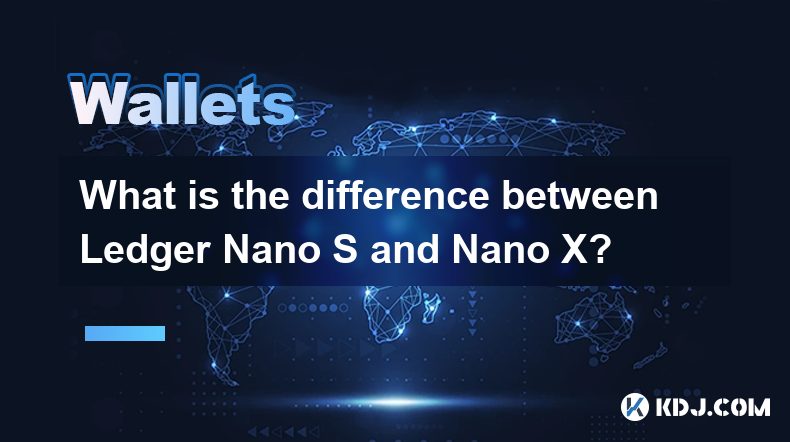
What is the difference between Ledger Nano S and Nano X?
Apr 09,2025 at 12:49am
When it comes to securing your cryptocurrencies, hardware wallets are often recommended as the safest option. Among the most popular hardware wallets are the Ledger Nano S and Ledger Nano X. Both devices are produced by Ledger, a well-known company in the cryptocurrency security industry. This article will delve into the differences between these two de...

How do I enable the Shield Transaction feature on Trezor?
Apr 08,2025 at 10:28pm
Enabling the Shield Transaction feature on Trezor involves a series of steps that allow you to enhance the privacy of your cryptocurrency transactions. This feature is particularly useful for users who want to protect their transaction history from being easily traced on the blockchain. In this article, we will guide you through the process of enabling ...

Does the Ledger wallet support offline signing?
Apr 09,2025 at 04:49am
Introduction to Ledger Wallet and Offline SigningThe Ledger wallet is a popular hardware wallet used by cryptocurrency enthusiasts to securely store their digital assets. One of the key features that users often inquire about is offline signing. Offline signing, also known as cold signing, is a security measure that allows users to sign transactions wit...

How do I send Ethereum to my Ledger wallet?
Apr 09,2025 at 03:21am
Sending Ethereum to your Ledger wallet involves a few straightforward steps, but it's crucial to follow them carefully to ensure the security of your funds. In this guide, we'll walk you through the process of transferring Ethereum to your Ledger wallet, ensuring that you understand each step and the necessary precautions. Preparing Your Ledger WalletBe...

How do I set a PIN code for my Ledger Nano X?
Apr 08,2025 at 11:14pm
Setting a PIN code for your Ledger Nano X is a crucial step in securing your cryptocurrency assets. The PIN code acts as a primary layer of security, ensuring that only you can access your device. In this article, we will guide you through the process of setting up a PIN code on your Ledger Nano X, ensuring that you follow each step meticulously to main...

Where are my Ledger wallet private keys stored?
Apr 08,2025 at 10:35pm
When using a Ledger hardware wallet, one of the most critical aspects to understand is the storage and management of your private keys. This article will delve into the specifics of where your Ledger wallet private keys are stored, ensuring you have a comprehensive understanding of their security and accessibility. Understanding Private Keys in Ledger W...

What is the difference between Ledger Nano S and Nano X?
Apr 09,2025 at 12:49am
When it comes to securing your cryptocurrencies, hardware wallets are often recommended as the safest option. Among the most popular hardware wallets are the Ledger Nano S and Ledger Nano X. Both devices are produced by Ledger, a well-known company in the cryptocurrency security industry. This article will delve into the differences between these two de...

How do I enable the Shield Transaction feature on Trezor?
Apr 08,2025 at 10:28pm
Enabling the Shield Transaction feature on Trezor involves a series of steps that allow you to enhance the privacy of your cryptocurrency transactions. This feature is particularly useful for users who want to protect their transaction history from being easily traced on the blockchain. In this article, we will guide you through the process of enabling ...
See all articles






















































































